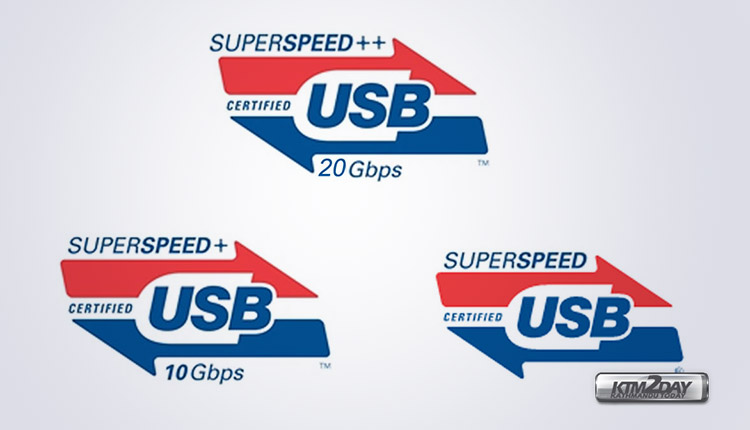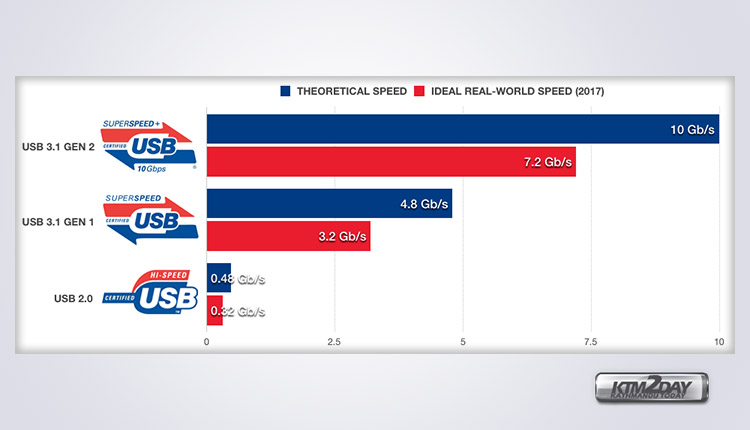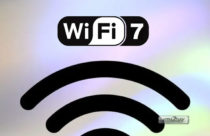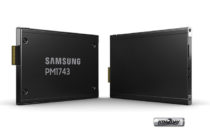USB 3.2 Standard of 20Gbps defined by USB-IF at MWC 2019


The USB-IF (USB Implementers Forum) explained to the Mobile World Congress the features and specification of the new USB 3.2 standard, trying to finally make clarity on the various USB 3.0 nomenclature, USB 3.1 Gen 1 / Gen 2 , and making it the new reference for the third generation USB standard .
The name of the new USB 3.2 standard is set to USB 3.2 2×2 , this is because it uses a multiple line transfer (2x 5Gbps or 2x 10 Gbps based on the host) that allows a double throughput compared to the current USB 3.1 gen 2 10 Gbps, or 20 Gbps .
USB 3.2 will retain the backward compatibility as the USB 3.1 Type-C standard, but will not be compatible with the same input/output throughput. But that’s not all, the old third-generation USB standards will be incorporated into the new USB 3.2 and will be renamed as follows:
| Original name | Previous name | Renamed To | Speed | Plug |
|---|---|---|---|---|
| USB 3.0 | USB 3.1 Gen1 | USB 3.2 Gen1 | 5 GBit/s | USB A/C |
| USB 3.1 | USB 3.1 Gen2 | USB 3.2 Gen2 | 10 GBit/s | USB A/C |
| USB 3.2 | none | USB 3.2 Gen2x2 | 20 GBit/s | USB-C |
USB Generations Affected
Released in November 2008, USB 3.0 gained popularity with its 5 Gbps(625 MB/s) bandwidth and double the power supply capability. The interface was at the time 10X faster than what USB 2.0 offered, a bandwidth of just 480 Mbps.
USB 3.1, released in July 2013, is the successor standard that replaces the USB 3.0 standard.
USB 3.1 preserves the existing SuperSpeed transfer rate, giving it the new label USB 3.1 Gen 1, while defining a new SuperSpeed+ transfer mode, called USB 3.1 Gen 2 which can transfer data at up to 10 Gbit/s over the existing USB-type-A and USB-C connectors (1250 MB/s, twice the rate of USB 3.0).
USB 3.2, released in September 2017, replaces the USB 3.1 standard. It preserves existing USB 3.1 SuperSpeed and SuperSpeed+ data modes and introduces two new SuperSpeed+ transfer modes over the USB-C connector using two-lane operation, with data rates of 10 and 20 Gbit/s (1250 and 2500 MB/s).

The USB 3.0 Promoter Group announced on 17 November 2008 that the specification of version 3.0 had been completed and had made the transition to the USB Implementers Forum (USB-IF), the managing body of USB specifications. This move effectively opened the specification to hardware developers for implementation in future products.
On 25 July 2017, a press release from the USB 3.0 Promoter Group detailed a pending update to the USB Type-C specification, defining the doubling of bandwidth for existing USB-C cables. Under the USB 3.2 specification, existing SuperSpeed certified USB-C 3.1 Gen 1 cables will be able to operate at 10 Gbit/s (up from 5 Gbit/s), and SuperSpeed+ certified USB-C 3.1 Gen 2 cables will be able to operate at 20 Gbit/s (up from 10 Gbit/s). The increase in bandwidth is a result of multi-lane operation over existing wires that were intended for flip-flop capabilities of the USB-C connector.
The USB 3.2 standard is backward compatible with USB 3.1/3.0 and USB 2.0. It defines the following transfer modes:
- USB 3.2 Gen 1×1 – SuperSpeed, 5 Gbit/s (0.625 GB/s) data signaling rate over 1 lane using 8b/10b encoding, the same as USB 3.1 Gen 1 and USB 3.0.
- USB 3.2 Gen 1×2 – SuperSpeed+, new 10 Gbit/s (1.25 GB/s) data rate over 2 lanes using 8b/10b encoding.
- USB 3.2 Gen 2×1 – SuperSpeed+, 10 Gbit/s (1.25 GB/s) data rate over 1 lane using 128b/132b encoding, the same as USB 3.1 Gen 2.
- USB 3.2 Gen 2×2 – SuperSpeed+, new 20 Gbit/s (2.5 GB/s) data rate over 2 lanes using 128b/132b encoding.
In May 2018, Synopsys demonstrated the first USB 3.2 Gen 2×2 connection, where a Windows PC was connected to a storage device, reaching a speed of 1.6 GB/s average.
USB 3.2 is supported with the default Windows 10 USB drivers and in Linux Kernel 4.18.















